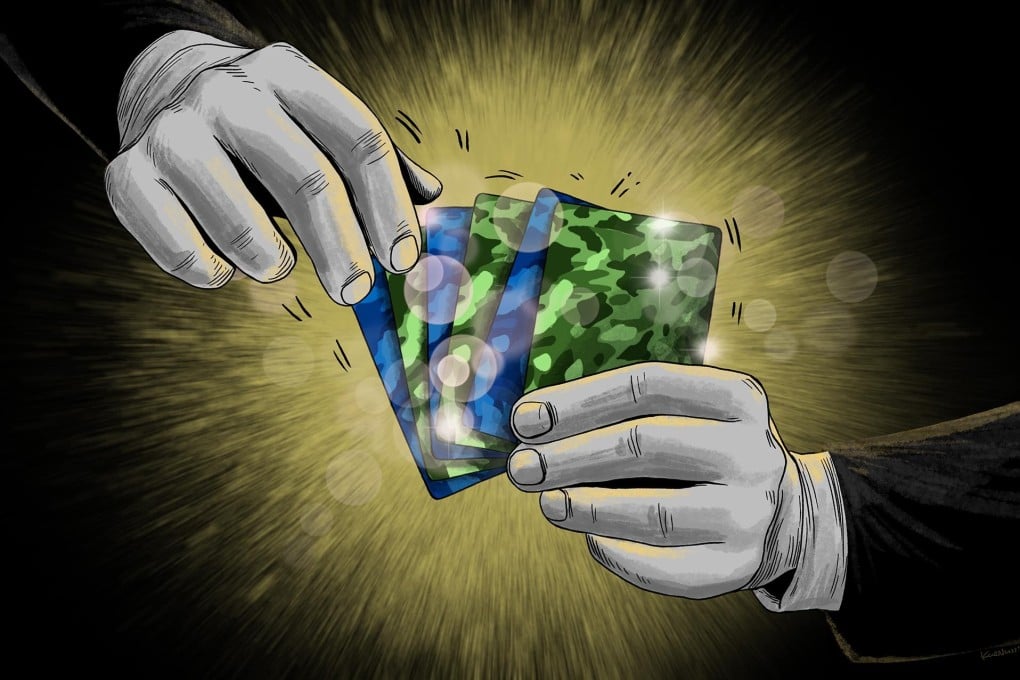The ongoing military overhaul of China’s PLA has one goal in mind — Taiwan
- Over the past eight years, Xi Jinping has overseen a comprehensive transformation of China’s military command structure
- Military experts say despite its massive shake-up, the PLA needs to keep on top of the evolving face of modern warfare

Soon after President Xi Jinping took the helm of the People’s Liberation Army (PLA), he kicked off the biggest overhaul the world’s largest fighting force had seen in decades.
The capacity of the PLA has grown so fast that top American defence officials believe Beijing could be ready to take Taiwan by force by 2027, despite deterrence and warnings from the West.
These tensions and the PLA’s growing power will be on the minds of more than two dozen senior defence officials from various countries attending the 10th Xiangshan Forum, a three-day event set to see their opening ceremony Monday in Beijing. The gathering is the first to be held in person since offline events were interrupted by Covid.
But while the military reshuffle can count lots of wins over the past eight years, defence experts argue there remain uncertainties around the PLA’s ability to adapt to the changing face of war, and its readiness to face the major test: Taiwan.
